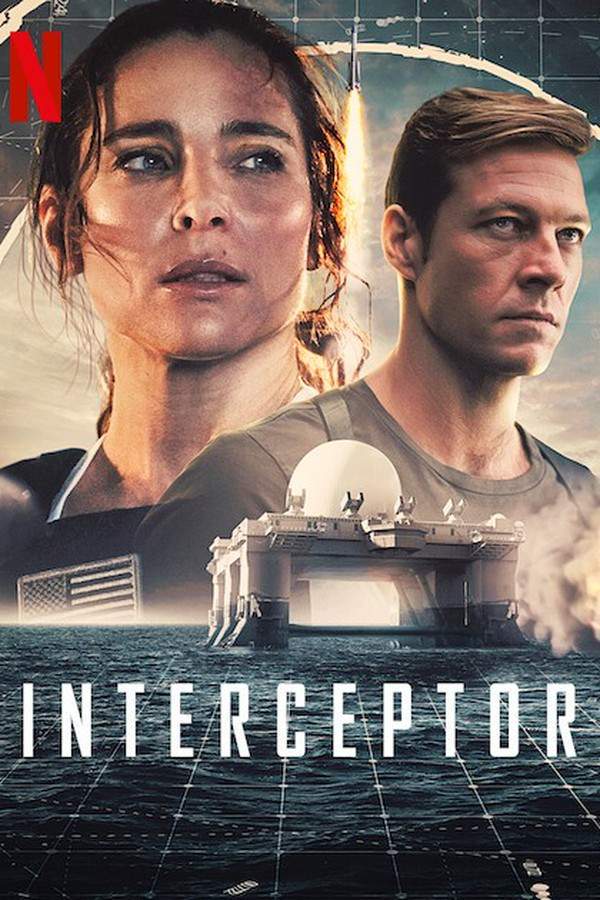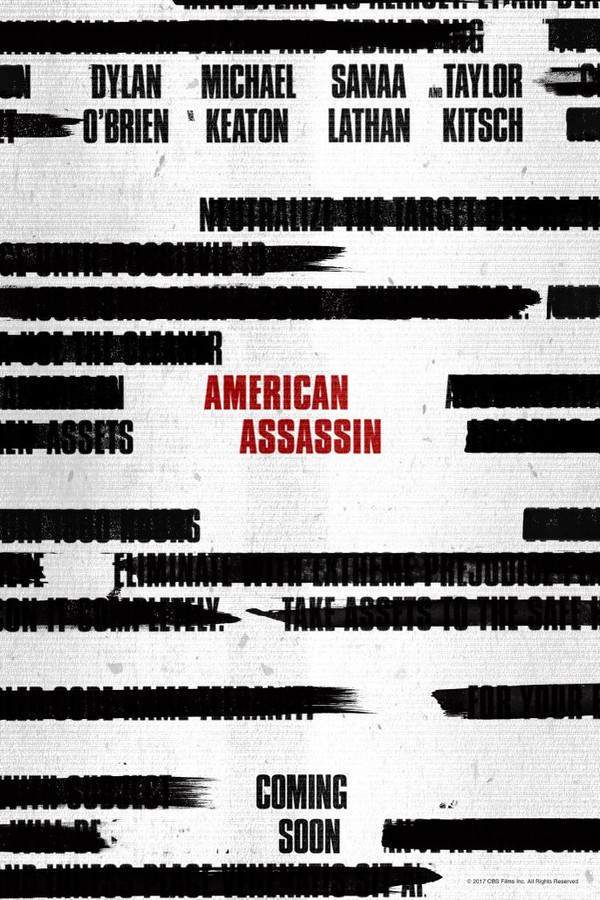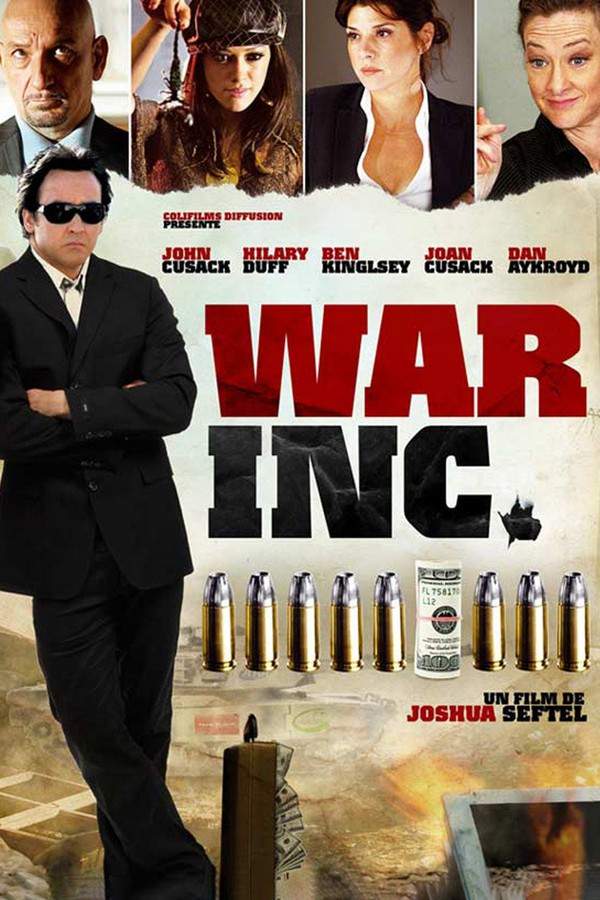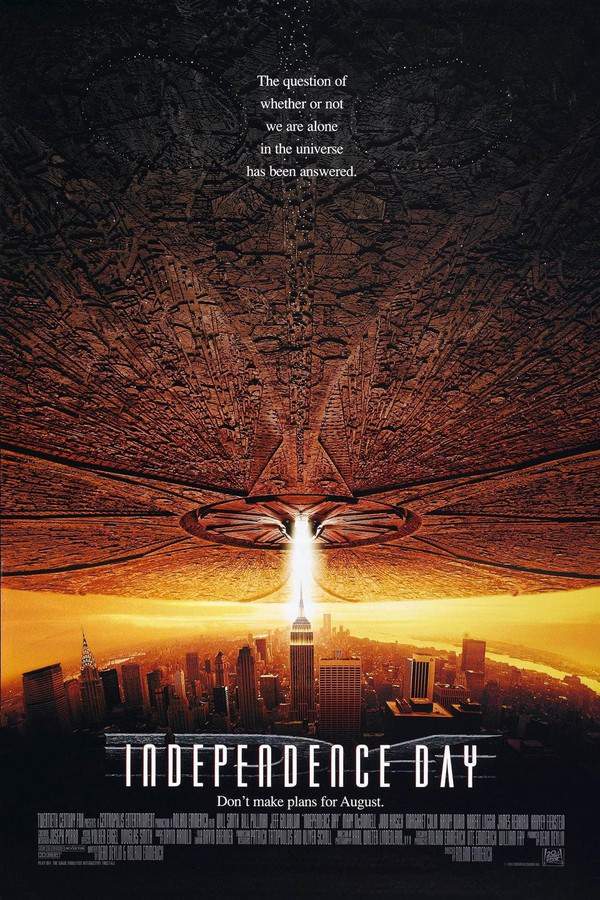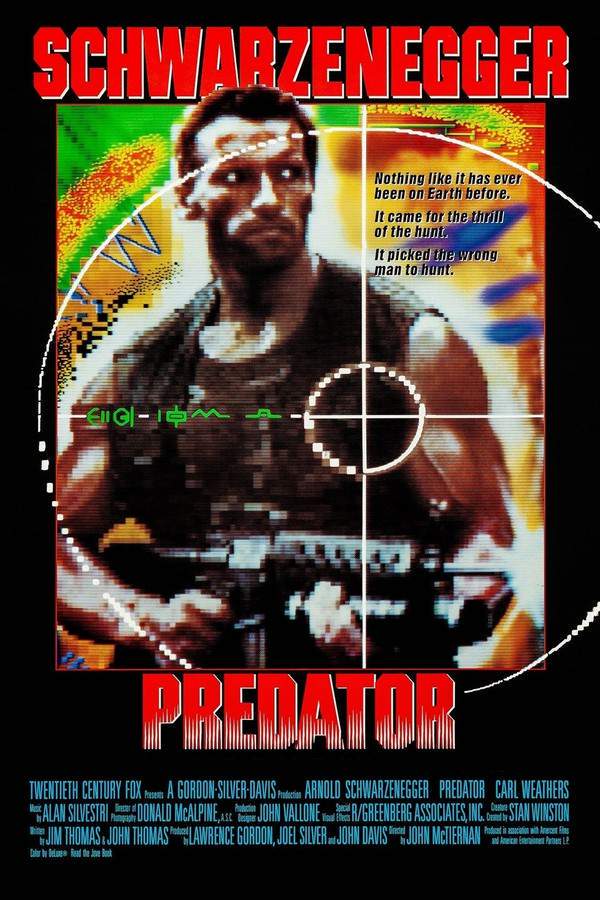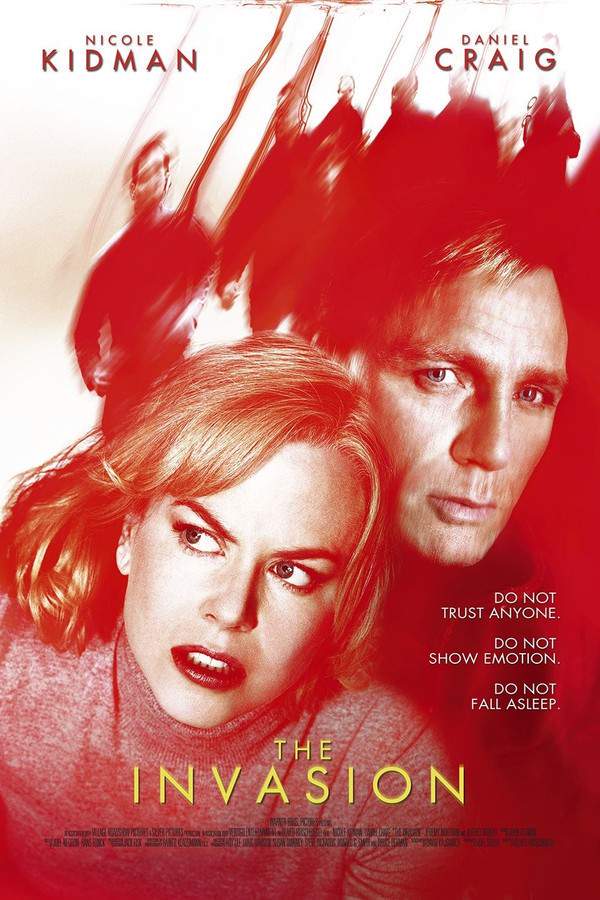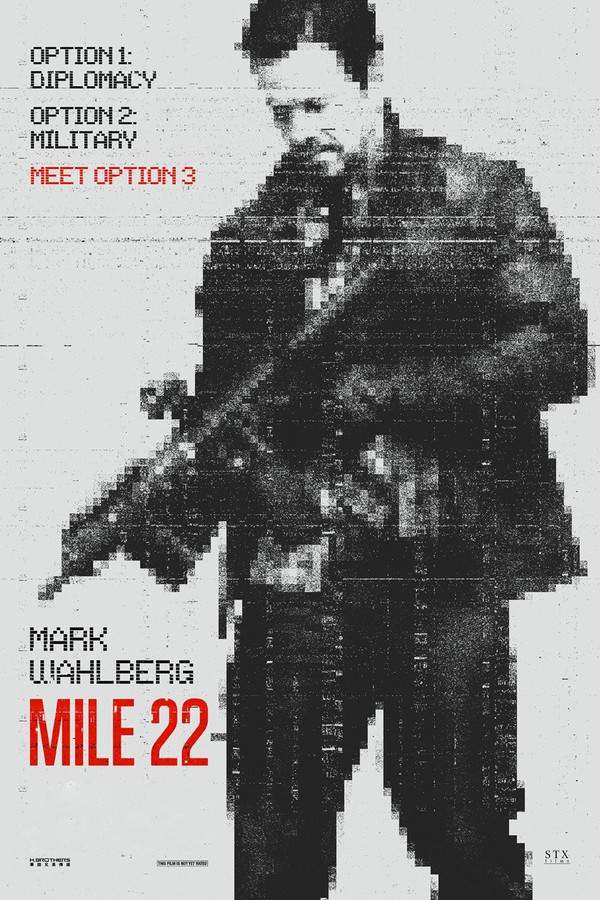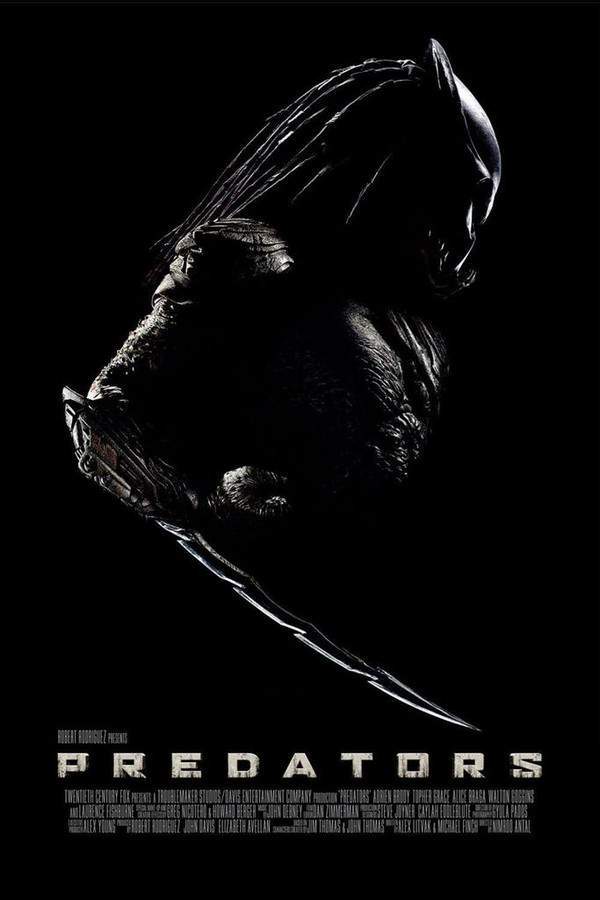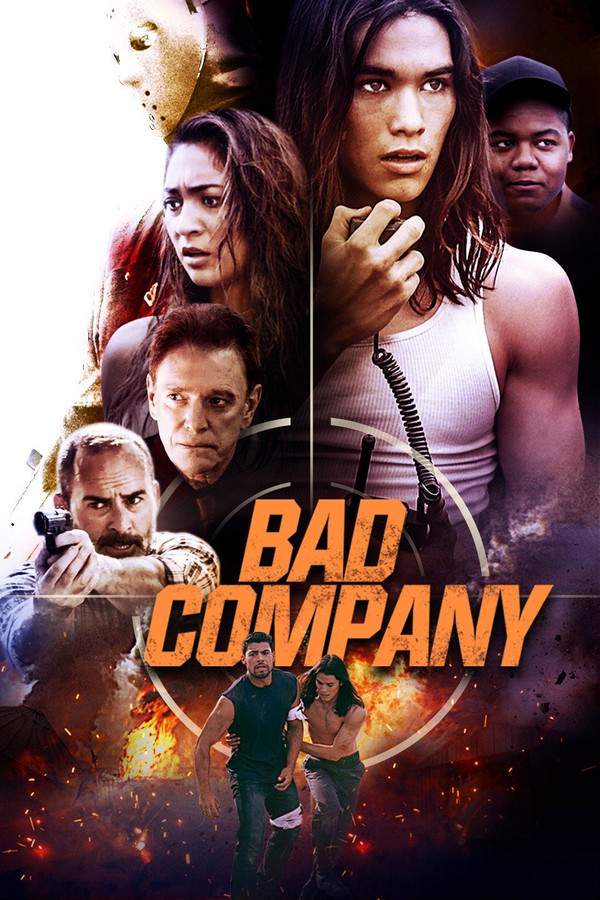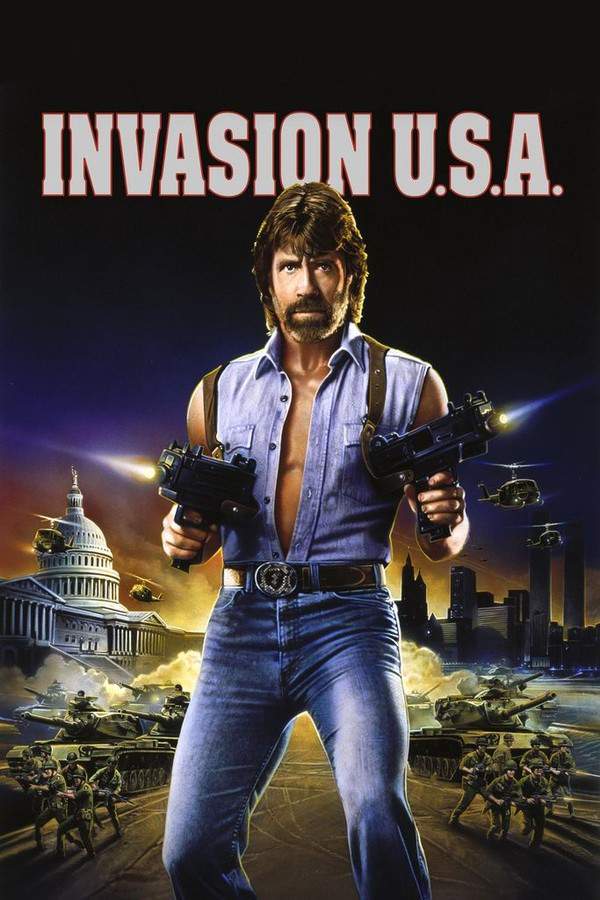
Invasion U.S.A. 1985
Directed by

Joseph Zito
Made by

Cannon Film Distributors
Invasion U.S.A. Plot Summary
Read the complete plot summary and ending explained for Invasion U.S.A. (1985). From turning points to emotional moments, uncover what really happened and why it matters.
The film begins on January 4, 1972, when a group of Cuban refugees embarks on a perilous voyage to the United States. Their journey takes a dark turn when they are confronted by what seems to be a U.S. Coast Guard vessel, manned by armed personnel. Instead of salvation, the refugees are ruthlessly killed, and their hidden cargo of cocaine is seized. As the shocking truth unfolds, it becomes apparent that these armed men are actually communist Latin American guerrillas masquerading as Coast Guardsmen.
Eventually, the Coast Guard discovers the boat hauntingly adrift off the coast of Florida, filled with the victims of this gruesome act. The FBI along with the Miami Police Department rush to the scene to investigate the brutal murders. The guerrillas, led by the cunning Mikhail Rostov, portrayed by Richard Lynch, make their presence known in Florida, trading their illicit drugs for weapons with a local dealer. Former CIA agent Matt Hunter, played by Chuck Norris, is reluctantly summoned from retirement by his CIA contact. Although he initially refuses, the escalating threat becomes personal when Rostov declares that Hunter must be eliminated before their plans can proceed.
Hunter, however, narrowly escapes an assassination attempt that leaves his home in the Everglades in ruins. Determined, he informs his CIA contact of his decision to return and confront this menace. That night, a massive wave of guerrillas invades the beaches of southern Florida, launching a wider attack across the United States and wreaking havoc on suburban communities. Disguised as Miami police officers, they brutally assault a community center, taking the lives of unarmed Cuban Americans.
As chaos descends upon Miami, the FBI finds itself perplexed, unaware of Rostov’s involvement in the attacks. As more bombings and riots rock the city, the fear among the public grows. On Christmas night, the guerrillas execute a terrifying assault on a shopping mall filled with holiday shoppers. Amidst gunfire and chaos, Hunter, having tracked down an informant, rushes into the mall to confront the marauding guerrillas. With resolve, he methodically takes them down, protecting the innocent.
The following morning brings a call-up of National Guard troops as martial law is enacted. Over the next two nights, Hunter thwarts several attacks, including a plan to bomb a church and eliminate civilians waiting outside a store, taking out Rostov’s right-hand man, Nikko, played by Alexander Zale, during the process.
In a race against time, Hunter saves a school bus full of children from an explosive device, which he ingeniously redirects to detonate in the vehicle of two terrorists. Setting a trap for Rostov, he aids the U.S. Government in establishing a command center in Atlanta, Georgia. Here, state governors and military leaders convene to devise a strategy to quell the terror. However, Hunter finds himself arrested as a vigilante for his actions against the terrorists, brought to the command center in a strategic ploy to lure Rostov.
Eager for vengeance, Rostov mobilizes his guerrillas for an all-out assault on the command center, a tactical error that sets the stage for a climactic confrontation. With his forces surrounding the center, the guerrillas find themselves caught in a deadly ambush, leading to an intense battle in the streets. Hunter seizes the moment, using an arsenal of weaponry, including a rocket launcher, to decimate the enemy forces and confront Rostov in a harrowing showdown.
The ultimate clash sees Hunter and Rostov engaged in a fierce hand-to-hand combat, filled with desperation and grit. As Rostov desperately arms himself to turn the tide, the confrontation escalates until a final scene unfolds where Hunter delivers the line, > “It’s Time.” With precise aim, he fires a bazooka at close range, resulting in a visually stunning explosion that leaves Rostov defeated and obliterated.
The aftermath reveals a still and quiet Miami, as the few surviving guerrillas surrender to the National Guard. Hunter emerges victorious, freeing the city from the stranglehold of terror. The film concludes with the tranquility returning to Hunter’s life, while the haunting memory of the chaos lingers in the backdrop, evoking relief and reflection as the screen fades to black, followed by the end credits scoring the closing moments with an instrumental piece by Jay Chattaway.
Invasion U.S.A. Timeline
Follow the complete movie timeline of Invasion U.S.A. (1985) with every major event in chronological order. Great for understanding complex plots and story progression.
Departure of Cuban Refugees
On January 4, 1972, a group of Cuban refugees sets sail on a desperate voyage to the United States. This journey represents their hope for freedom and safety, as they leave behind a tumultuous homeland.
Confrontation with Guerrillas
The refugees encounter what they believe to be a U.S. Coast Guard vessel, manned by armed personnel. Instead of help, this vessel proves to be a facade for communist guerrillas who mercilessly kill the refugees and seize their hidden cocaine cargo.
Discovery of Victims
The Coast Guard later discovers the abandoned boat drifting off the coast of Florida, filled with the bodies of the slain refugees. This gruesome scene sets off an investigation led by the FBI and the Miami Police Department.
Guerrillas Trade Drugs for Weapons
In Florida, the guerrillas, under the leadership of Mikhail Rostov, engage in illicit trade, exchanging drugs for firearms with a local dealer. This marks the escalation of a criminal underworld threatening the community.
Matt Hunter's Reluctant Return
Former CIA agent Matt Hunter is called back from retirement to confront the growing threat posed by Rostov. Initially reluctant, he realizes the danger becomes personal when Rostov declares that he must be eliminated.
Assassination Attempt
Hunter survives a brutal assassination attempt at his home, which leaves it in ruins. This near-fatal encounter solidifies his resolve to return to action against the guerrillas.
Guerrilla Attack on Miami
A wave of guerrillas invades the beaches of southern Florida, orchestrating widespread havoc across the suburbs. Disguising themselves as police officers, they carry out a brutal assault on a community center, killing innocent Cuban Americans.
Terror in the City
As Miami descends into chaos, the FBI struggles to piece together the attacks, unaware of Rostov's involvement. A series of bombings and riots heighten public fear and uncertainty in the city.
Christmas Mall Assault
On Christmas night, the guerrillas launch a horrifying attack on a shopping mall packed with holiday shoppers. Amidst the mayhem, Hunter navigates through gunfire to confront the kidnappers and protect the innocent.
Martial Law Declared
The following day, National Guard troops are called in as martial law is enacted to restore order in Miami. Hunter continues to thwart multiple attacks in the ensuing chaos.
Foiling a Bomb Plot
During a crucial moment, Hunter saves a school bus packed with children from a bomb plot by redirecting the explosive. This act of bravery further confirms his determination to stop Rostov and his men.
Setting a Trap for Rostov
Hunter aids the U.S. Government in establishing a command center in Atlanta, Georgia. Here, a strategy session takes place among state governors and military leaders to deal with the escalating threat posed by the guerrillas.
Climactic Confrontation
Rostov launches a full-on assault on the command center, underestimating Hunter's capabilities. This leads to a fatal ambush where Hunter utilizes a variety of weapons to decimate the guerrilla forces.
Final Showdown
In a tense hand-to-hand combat, Hunter faces Rostov. The battle reaches a peak as Hunter delivers a decisive blow, culminating in a visually stunning explosion when he fires a bazooka at close range.
Aftermath and Reflection
With the surviving guerrillas surrendering, peace returns to Miami. Hunter reflects on the chaos and the lives affected as he steps away from the violence and contemplates the tranquility that now surrounds him.
Invasion U.S.A. Characters
Explore all characters from Invasion U.S.A. (1985). Get detailed profiles with their roles, arcs, and key relationships explained.
Matt Hunter (Chuck Norris)
Matt Hunter is a former CIA agent dragged back into action against his will but fueled by a personal vendetta. He is resourceful, determined, and skilled in combat, embodying strength and resilience. Hunter’s transformation from a retired agent to a vigilant protector showcases his dedication to justice amidst overwhelming odds.
Mikhail Rostov (Richard Lynch)
Mikhail Rostov is the cunning leader of the guerrillas, embodying menace and strategic coldness. His relentless pursuit to eliminate Matt Hunter showcases his ambition and ruthlessness. Rostov serves as the film's primary antagonist, representing the organized threat faced by the protagonist and the nation.
Nikko (Alexander Zale)
Nikko is Rostov's right-hand man, characterized by his loyalty and willingness to commit heinous acts for their cause. His involvement in the attacks reveals the depths of depravity and violence in the guerrilla group. Nikko serves as a fierce enforcer, amplifying the tension through his actions.
Invasion U.S.A. Settings
Learn where and when Invasion U.S.A. (1985) takes place. Explore the film’s settings, era, and how they shape the narrative.
Time period
1972, Christmas
The film takes place during the early 1970s, a time marked by social upheaval and conflicts, including the Cold War tensions. The setting reflects an era when the United States was grappling with domestic security challenges and international threats, coming to a dramatic head during the Christmas season.
Location
Florida, Atlanta, Georgia
The movie is primarily set in Florida, known for its beautiful beaches and vibrant cities, now marred by chaos and violence. Atlanta, Georgia serves as the strategic military command center where state leaders gather to combat the escalating guerrilla attacks. Both locations become critical battlegrounds as tensions rise between law enforcement and terrorists.
Invasion U.S.A. Themes
Discover the main themes in Invasion U.S.A. (1985). Analyze the deeper meanings, emotional layers, and social commentary behind the film.
🔫
Vigilantism
The theme of vigilantism is prominent as the protagonist, Matt Hunter, disregards laws in pursuit of justice against the terrorists. His relentless drive to protect innocent lives showcases the moral dilemmas faced when official law enforcement fails. Hunter’s actions raise questions about the boundaries of justice and the responsibilities of citizens in times of crisis.
🇺🇸
Patriotism
Patriotism is a strong theme throughout the film, as Hunter embodies the fight against those who threaten American safety and values. His determination to eradicate the guerrilla threat resonates with a sense of duty to protect his homeland. This film illustrates the lengths to which individuals may go to defend their country.
💣
Terrorism
The theme of terrorism is central to the film, portraying the violent actions of guerrilla fighters against civilians and law enforcement. As chaos unfolds in Miami, the brutal tactics of the terrorists highlight the pervasive fear and loss of safety experienced by the community. The film explores the implications of terrorism on society, law enforcement, and national security.
Invasion U.S.A. Spoiler-Free Summary
Discover the spoiler-free summary of Invasion U.S.A. (1985). Get a concise overview without any spoilers.
In the sweltering heat of early‑1970s southern Florida, the nation feels the tremor of a hidden struggle that could push the continent toward chaos. The sun‑baked coastlines, bustling ports, and quiet suburbs mask a fragile peace, while whispers of foreign ideologies and clandestine operations drift on the tide. The atmosphere is taut with Cold‑War paranoia, a blend of tropical serenity and a looming sense that something far darker is gathering beyond the palm‑fringed horizon.
Enter Matt Hunter, a former CIA operative who has long since traded covert missions for the quiet of the Everglades. Skilled, stoic, and haunted by a career defined by shadows, he embodies the archetype of the reluctant hero—someone whose expertise is as lethal as it is unasked for. Though he has stepped away from the intelligence community, the relentless march of his past adversary draws him back into a world he thought he’d left behind.
When intelligence reports confirm that Mikhail Rostov is orchestrating a bold and unsettling assault on the region, the nation’s response must be swift and coordinated. Hunter is summoned to work alongside the National Guard, the FBI, and local authorities, forming an uneasy coalition that balances bureaucratic caution with the urgency of an unseen enemy. The partnership sets the stage for a tense cat‑and‑mouse game, where each side tests the limits of strategy, loyalty, and personal conviction.
The film’s tone oscillates between gritty realism and high‑octane action, painting a portrait of a country bracing for an unconventional war on its own soil. It revels in the clash of disciplined institutions against a lone operative’s instinctual mastery, all underscored by a palpable sense of impending danger. As the stakes rise, Hunter must confront not only the threat itself but the very identity he left behind, promising a showdown that feels as much about personal redemption as it is about national survival.
Can’t find your movie? Request a summary here.
Movies with Similar Twists and Themes
Uncover films that echo the narrative beats, emotional arcs, or dramatic twists of the one you're exploring. These recommendations are handpicked based on story depth, thematic resonance, and spoiler-worthy moments — perfect for fans who crave more of the same intrigue.
Featured on this page

What's After the Movie?
Not sure whether to stay after the credits? Find out!
Explore Our Movie Platform
New Movie Releases (2025)
Famous Movie Actors
Top Film Production Studios
Movie Plot Summaries & Endings
Major Movie Awards & Winners
Best Concert Films & Music Documentaries
Movie Collections and Curated Lists
© 2025 What's After the Movie. All rights reserved.


